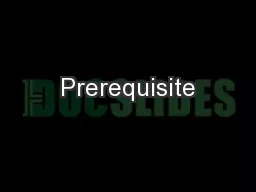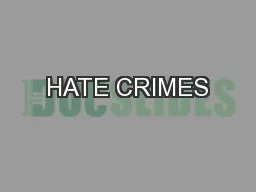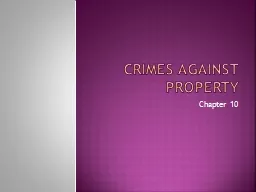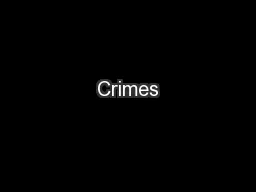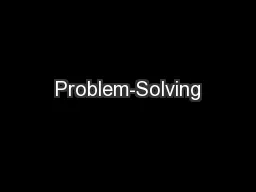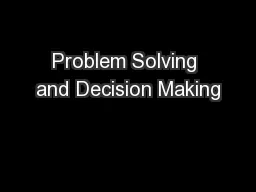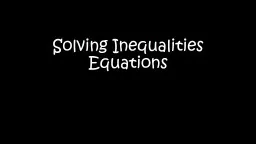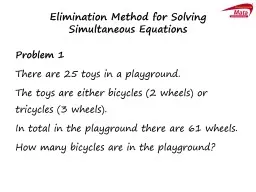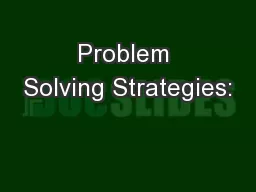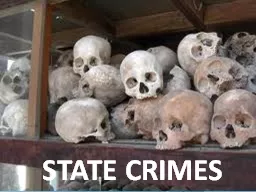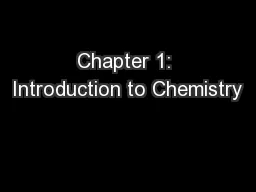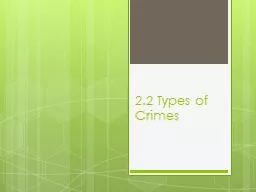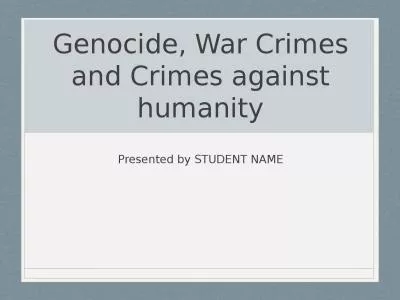PPT-Solving Crimes with Chemistry:
Author : alida-meadow | Published Date : 2016-09-10
The Case of the Missing Balances Forensic Science The scientific method of gathering and examining information used in a court of law Case WHS329 On November 12
Presentation Embed Code
Download Presentation
Download Presentation The PPT/PDF document "Solving Crimes with Chemistry:" is the property of its rightful owner. Permission is granted to download and print the materials on this website for personal, non-commercial use only, and to display it on your personal computer provided you do not modify the materials and that you retain all copyright notices contained in the materials. By downloading content from our website, you accept the terms of this agreement.
Solving Crimes with Chemistry:: Transcript
Download Rules Of Document
"Solving Crimes with Chemistry:"The content belongs to its owner. You may download and print it for personal use, without modification, and keep all copyright notices. By downloading, you agree to these terms.
Related Documents


